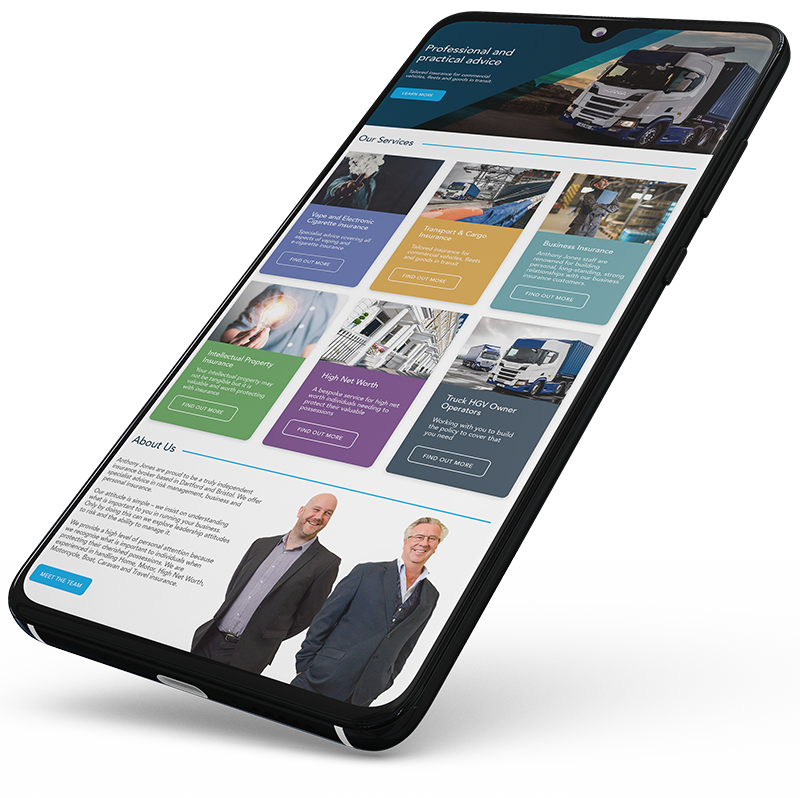ADAS can significantly enhance road safety and fleet efficiency, while making life much easier for both drivers and fleet managers.
If your fleet and your drivers are not currently making the most of ADAS, this short guide will outline the key benefits they can offer, along with some advice on how to make the systems work best for you.
At Anthony Jones we specialise in insurance and risk management for the transport and logistics sector. We can help you ensure your fleet, and your drivers have all the cover they need, at a truly competitive price. For more information, call us on 020 8290 9099 or email commercial.motor@anthonyjones.com.
What is ADAS?
ADAS stands for advanced driver assistance systems. So when we talk about “ADAS”, we’re talking about a number of interconnected systems, rather than a single system.
What Technology is Included in ADAS?
A vehicle fitted with ADAS technology will make use of cameras and radar systems that can:
- Automatically detect road signs.
- Monitor blind spots.
- Help drivers stay in lane.
- Assist with parking and other manoeuvres.
And much more.
What are the Benefits of ADAS?
- Improved road safety. Automatic emergency braking (AEB), lane-keeping assist, blind spot assist, rear cross-traffic alerts, and other systems can all anticipate hazards before the driver’s aware of them. This can mean the driver can take appropriate action before it’s too late.
- Enhanced driver comfort. If your drivers spend a lot of time on motorways, adaptive cruise control (ACC) can help them maintain a steady speed, which can automatically adjust so as to keep a safe distance from the car in front. This can help remove the stress and monotony of motorway driving, while features such as parking assist can help address other common headaches.
- Enhanced driver performance. Some vehicles fitted with ADAS tech include driver-attention detection. These systems use cameras and sensors to monitor the driver’s behaviour in real-time. If it seems the driver’s not paying attention to the road, or if they appear to be flagging, they can alert the driver in some way. This might prompt them to pay more attention, or to take a break if necessary.
Is Your Fleet Making The Most of ADAS?
Most vehicles are fitted with a number of ADAS features as standard. However, just because your fleet vehicles have ADAS features, it does not necessarily mean that you’re currently making the most of them:
- Are your drivers using their vehicles’ ADAS like they should? Some drivers may ignore certain warnings, or even deactivate features outright should they feel they’re obtrusive or unnecessary. Talk to your drivers to gauge how they’re using the systems, and take time to outline how they could help improve their driver experience, and the performance of the fleet as a whole. Read our full guide to improving driver behaviour in your fleet.
- ADAS relies on cameras, radars, and sensors, all of which are calibrated during the manufacturing process. Routine maintenance and servicing, along with any necessary repairs, can affect ADAS calibration. Make sure to test all ADAS features following any services or repairs, to ensure that your vehicles’ systems are working like they should.
Advanced Fleet Support Services From Anthony Jones
At Anthony Jones we specialise in insurance and risk management for the transport and logistics sector.
We can help you ensure your fleet, and your drivers have all the cover they need, at a truly competitive price. For more information, call us on 020 8290 9099 or email commercial.motor@anthonyjones.com.


